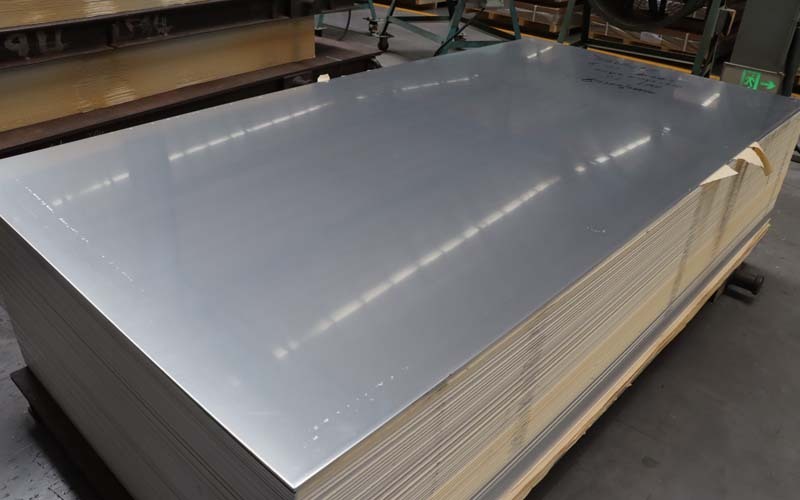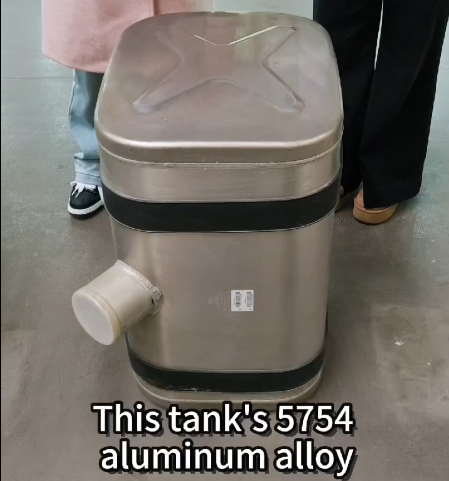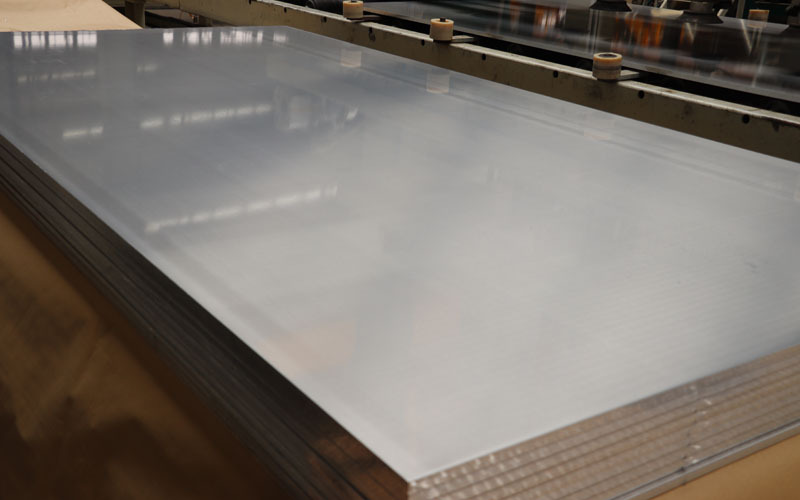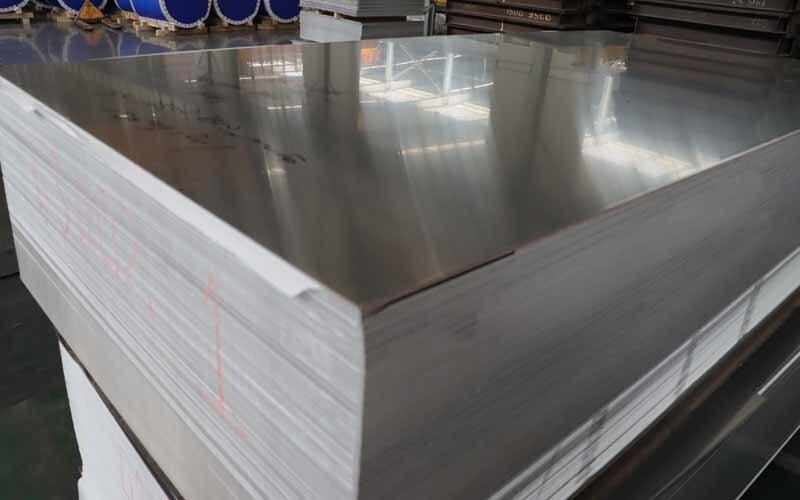a. What is the Gauge unit?
Gauge is a unit used to express the thickness of a material and is commonly used in the specification of sheet metal (e.g., aluminum, steel) and wire.The smaller the value of the gauge, the thicker the material. Example:
16 Gauge aluminum plate is thicker than 22 Gauge aluminum plate.

b. Gauge and millimeter (mm) conversion method
1. Conversion formula
For metal sheets (e.g., aluminum, steel):
Thickness (mm) = 0.127 × (36 - Gauge value)
For example: 16 Gauge aluminum thickness = 0.127 × (36 - 16) = 1.524 mm
2. Common Gauge and millimeter comparison table
Gauge Value Thickness (mm)
8 4.191
10 3.302
12 2.052
14 1.628
16 1.290
18 1.024
20 0.813
22 0.644
24 0.511
26 0.405
c. Why do we need Gauge to millimeter conversions?
1. International Standard Differences
Gauge units are commonly used in North America, while millimeters (mm) are commonly used in Europe, Asia and other places.
Conversion helps global buyers to understand material thickness uniformly.
2. Accurate Material Selection
Different thicknesses of materials are suitable for different scenarios, such as:
1.5 mm aluminum sheet is suitable for trailer wall panels.
0.8 mm aluminum sheet is suitable for lightweight toolboxes.
3. Avoid purchasing mistakes
Clarify the thickness unit to make sure the purchased material meets the project requirements.
d. Practical Application Examples
1. Trailer manufacturer in Canada
Customer requirement: 16 Gauge aluminum sheet.
Conversion result: 1.29 mm.
Usage Scenario: Trailer bottom plate with high load bearing capacity.
2. Australian construction company
Customer request: 22 Gauge steel plate.
Conversion result: 0.64 mm.
Usage scenario: Lightweight roof covering.
3. German automobile parts factory
Customer request: 18 Gauge aluminum sheet.
Conversion result: 1.02 mm.
Usage Scenario: Automobile interior panel.
e. Contact us:
sales01@mingtai-al.com
www.aluminumsheetstrailers.com
+86 19337802645




